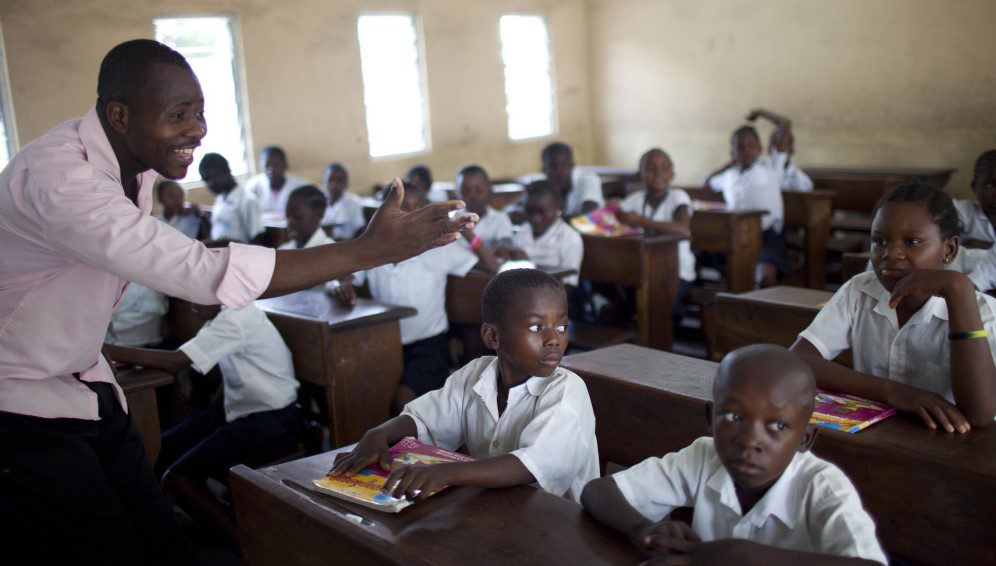By: Eldon Opiyo.
Key Points
- The 2030 agenda for sustainable development puts emphasis on equal partnerships
- But lower-middle-income and low-income countries have fewer partnerships compared to rich nations
- The United Nations must track how existing and new partnerships guarantee equity
The 2030 agenda for sustainable development puts equal emphasis on developed and developing countries and demands coherent collaboration across all countries.
But the study published in the journal Scientific Reports, found that 60 per cent of the 195 countries involved in SDG partnerships were high- or upper-middle-income countries, with 24 per cent in lower-middle-income and low-income countries having a paltry 16 per cent.
“Partners from low-income countries participated in fewer partnerships, as compared to partners in all other income categories,” says Malgorzata Blicharska, the study’s lead co-author and an associate professor at Uppsala University in Sweden.
“This does not reflect the idea, promoted by Agenda 2030, of global partnerships addressing global challenges. It also suggests that low-income countries may not have resources and capacity to get involved in partnerships and, thus, to implement SDGs,” Blicharska explains.
Researchers analysed data on 2,876 partnerships gathered by 18th August 2019 involving organisations from 195 countries worldwide including all the countries of Sub-Sahara Africa that report the implementation of the SDGs on the UN’s SDG Partnerships Platform.
Partners from low-income countries focused more on SDGs 1, 2, 3, 5 and 7 (on poverty, hunger, health, gender equality and energy respectively) than those involving partners from higher income countries, Blicharska says.
The research, she explains, was motivated by the existence of a North-South divide in access to data and scientific capabilities, with particularly low-income countries having less investment in research and development.
“This has consequences for how policies of global importance are being set and implemented. We wanted to explore if partnerships to implement the SDGs have been helpful in bridging the North-South divide,” Blicharska adds.
She emphasises that low-income countries often have no capacity to drive relevant research and to implement action on the ground, leading to situations where northern countries design and drive implementation of policies that may not be best adjusted to southern countries’ needs.
“For example, in relation to climate change, northern countries that are responsible for 80 per cent of global emissions insist on all countries contributing to emissions reductions and motivate southern countries through directing funding predominantly to mitigation, while what southern countries need most is to focus on adapting to the changing climate,” she explains.
Nurudeen Alhassan, research and policy analyst with African Institute for Development Policy in Kenya, says that even though most North-South partnerships on the SDGs have a capacity strengthening component for southern partners, this is not enough as the ideas driving such capacity strengthening programmes are driven and influenced largely by northern partners.
“The needs and ideas of southern partners with respect to capacity strengthening is not well represented even though they are supposed to be the beneficiaries,” Alhassan explains.
Alhassan tells SciDev.Net that a balanced implementation of the SDGs between high- and low-income countries is required to achieve true sustainable development. Without a balanced implementation, the SDGs risk missing the opportunity to bridge the existing inequality between high and low-income countries.
He adds that the study provides evidence for governments and institutions in Africa, Asia and Latin America to advocate for equitable partnerships in the implementation of SDGs.
The way forward is for the United Nations to establish a mechanism to track partnerships and ensure that existing partnerships and new partnerships are designed in such a way as to guarantee equity, he adds.
This piece was produced by SciDev.Net’s Sub-Saharan Africa English desk.

